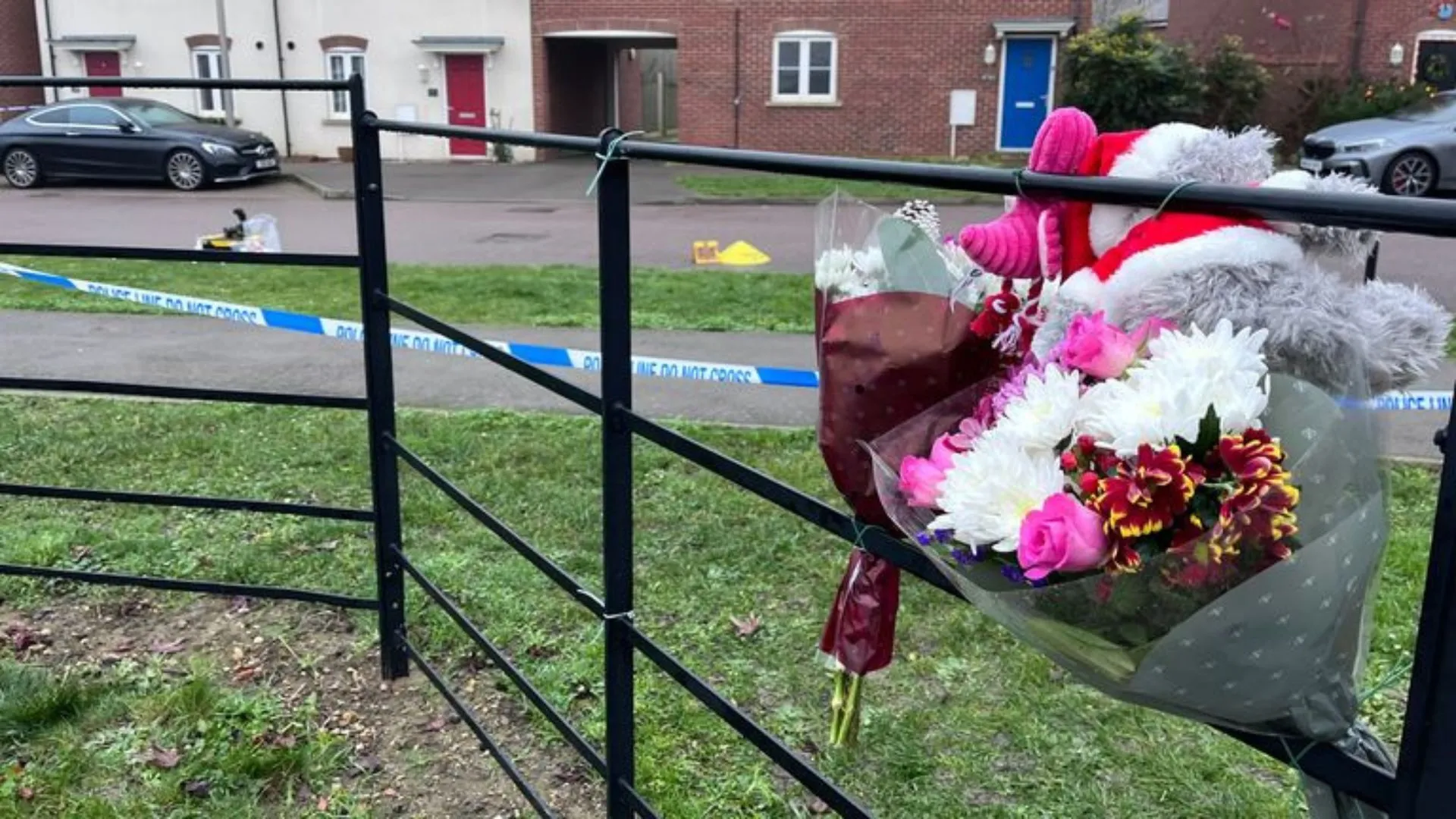Delhi finds itself engulfed in a dense layer of smog post-Diwali, exacerbating the already dire pollution situation in the national capital. The aftermath of festive firecracker celebrations has contributed to heavy pollution, evident in visuals displaying thick haze, reduced visibility, and a palpable deterioration in air quality.
Notably, Delhi has been grappling with escalating pollution levels over the past few weeks, with Air Quality Index (AQI) readings frequently entering the ‘severe’ category. The impact of Diwali celebrations is expected to further deteriorate air quality, posing a significant challenge for residents.
The Arvind Kejriwal-led AAP government had previously imposed a complete ban on firecrackers, and in response to the pollution crisis, even contemplated the idea of ‘artificial rain’ to address the foul air until unexpected rainfall provided temporary relief.
However, recent reports and social media posts indicate widespread firecracker burning in various locations, including Lodhi Road, RK Puram, Karol Bagh, and Punjabi Bagh. This suggests that despite awareness campaigns like the Delhi government’s ‘Diya Jalao, Patakhe Nahi’ and Supreme Court orders, a substantial number of people engaged in fireworks on Diwali night.
Data from the past week indicates that Delhi’s air quality has consistently been at its worst, with PM 2.5 concentration reaching levels 20 times higher than the World Health Organisation’s prescribed limit. In response, the city government has closed all primary classes and restricted the entry of trucks.
As festivities conclude, the looming concern is that despite concerted efforts to curb firecracker usage, rising pollution is likely to cast a shadow over the city, emphasizing the formidable challenge of maintaining air quality in the post-Diwali period.














